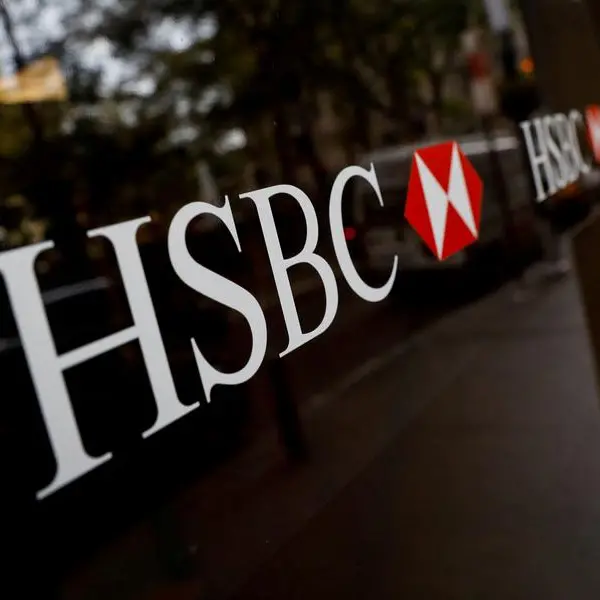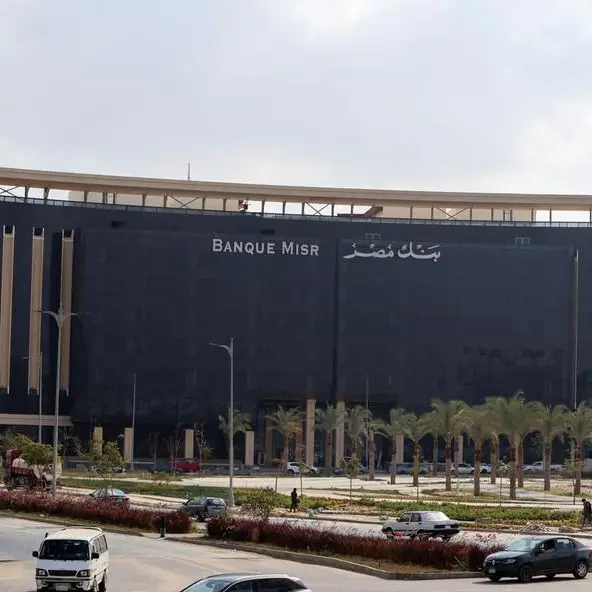PHOTO
Image used for illustrative purpose Getty Images
Doha, Qatar: The Qatari non-life insurance sector has modest growth potential and should remain resilient, even if economic growth slows down, says S&P Global Ratings (S&P).
The credit rating agency evaluates the insurance industry and country risk for the property/casualty (P&C) sector in Qatar (AA/Stable/A-1+) as moderate.
This assessment is similar to that of several other P&C markets, particularly those in neighbouring Gulf Cooperation Council markets such as the United Arab Emirates, Saudi Arabia, and Kuwait, according to S&P.
After an estimated economic growth of around 1.6% in 2023, S&P forecasts that real GDP will increase by an average of 2% in 2024-2025, driven by nonhydrocarbon sectors like wholesale and retail trade, finance, and hospitality. However, nonhydrocarbon economic activity is expected to slow down from its peak growth of 6.8% in 2022 when Qatar hosted the FIFA World Cup.
Despite increased geopolitical tensions in the Middle East, S&P believes that macroeconomic conditions in Qatar will generally remain stable.
S&P’s assessment of industry risk for Qatar’s non-life insurance sector is based on its strong operational performance, which the rating agency expects the sector to uphold in the next two years, as well as its supportive institutional framework.
Once fully implemented, the mandatory health scheme in Qatar is expected to provide further support to the sector. More than 80% of the market’s total revenue is generated by 10 insurers, collectively.
S&P evaluates the sector’s profitability and growth prospects based on data from these insurers, excluding Qatar Insurance’s significant international business, which would have skewed S&P’s analysis of the domestic market.
The S&P data set includes seven conventional insurers, all of which adopted International Financial Reporting Standards (IFRS) 17, a new accounting standard, in 2023.
The three takaful insurers in the data set continue to report under IFRS 4 — they are expected to transition to IFRS 17 from 2025. This has distorted the total market data. To generate the performance metrics in this report, S&P combined metrics from the two accounting standards by averaging them.
In 2023, the conventional insurers reported an average net combined ratio of about 82% under IFRS 17, while the takaful insurers reported an average net combined ratio of about 85% under IFRS 4.
For 2024, S&P expects that underwriting performance will remain strong and that the overall net combined ratio will be 85%-90%. The market average return on equity was about 8% in 2023; S&P forecasts that it will be 6%-8% in 2024 and 2025.
Asset allocation at many Qatari insurers focuses on equity and real estate holdings — S&P considers these to be high-risk assets. Given Qatari insurers’ excellent capital strength, S&P does not regard risk-taking on the investment side as excessive.
The industry experienced a revenue growth of approximately 7%-8% in 2023. This growth, when compared to the 15% growth observed in 2021-2022, may seem modest. However, S&P predicted a significant decline in revenue growth due to the peak in 2021-2022 being associated with Qatar hosting the FIFA World Cup. Over the next two years, S&P foresees a premium growth of 5%-7%, unless the government fully implements its mandatory health insurance program.
Qatar has already initiated the initial phase, which mandates visitors staying longer than 30 days to possess medical insurance from an approved local provider for the duration of their stay. While this move is expected to bolster the industry’s growth, S&P does not anticipate a substantial revenue increase as a result. Each policy carries only a minimal premium.
In subsequent phases, the program will be expanded to eventually cover the entire population of Qatar.
Upon full implementation, a comprehensive mandatory health program of this scale would trigger notable revenue growth. Drawing from the growth observed in neighbouring markets upon implementing similar programs, S&P anticipates revenue to increase by 15%-20% annually. This projection assumes that the government will roll out the program gradually over two to three years.
In terms of absolute figures, Qatar’s complete mandatory health program could potentially generate a total revenue of QR1.0bn ($275m) to QR1.5bn for the insurance market. However, due to delays in the program’s implementation over the past few years, S&P has not factored in this potential growth in our base-case forecasts.
The profitable Qatari P&C sector benefits from the nation’s affluent economy and a market structure where six of the largest domestic companies have come together to form a local consortium, establishing significant barriers to entry.
© Dar Al Sharq Press, Printing and Distribution. All Rights Reserved. Provided by SyndiGate Media Inc. (Syndigate.info).





















